(GLO)- Deputy Prime Minister Tran Hong Ha signed Decision No. 893/QD-TTg approving the National Energy Master Plan for the 2021-2030 period, with a vision to 2050; in which, the target of crude oil exploitation output in the 2021-2030 period is set to reach 6.0-9.5 million tons/year.
The general objective of the Plan is to firmly ensure national energy security, meet the requirements of socio- economic development and industrialization and modernization of the country, ensure national defense and security, improve people's lives, and protect the ecological environment.
Successfully implementing energy transition contributes significantly to meeting the target of net zero emissions by 2050. The energy sector develops harmoniously between sub-sectors with synchronous and smart infrastructure, reaching the advanced level of the region, in line with the world's science and technology development trend.
Developing an independent and self-reliant energy industry; forming a comprehensive energy industry ecosystem based on renewable energy and new energy, aiming to become a clean energy industry center and a renewable energy exporter in the region.
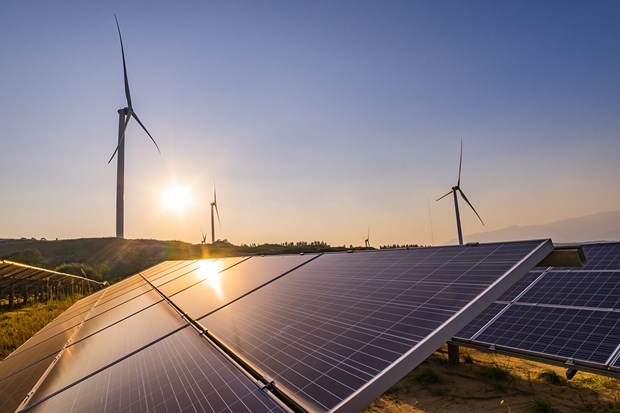 |
National energy master plan for the 2021-2030 period, with a vision to 2050. Photo source: internet |
Specifically, regarding ensuring national energy security, the Plan aims to provide enough domestic energy demand, meeting socio-economic development goals with an average GDP growth rate of about 7%/year in the 2021-2030 period, about 6.5 - 7.5%/year in the 2031-2050 period: Total final energy demand is 107 million tons of oil equivalent in 2030 and reaches 165-184 million tons of oil equivalent in 2050. Total primary energy supply is 155 million tons of oil equivalent in 2030 and 294-311 million tons of oil equivalent in 2050.
Increase the total national petroleum reserves (including crude oil and products) to 75 - 80 days of net imports by 2030. After 2030, consider gradually increasing the reserve level to 90 days of net imports.
Regarding equitable energy transition, the Plan targets a renewable energy share of 15-20% in 2030 and about 80-85% in 2050 in total primary energy. Energy savings of about 8-10% in 2030 and about 15-20% in 2050 compared to the business-as-usual scenario. Greenhouse gas emissions of about 399-449 million tons in 2030 and about 101 million tons in 2050. The target is to reduce greenhouse gas emissions by 17-26% in 2030 and about 90% in 2050 compared to the business-as-usual scenario. Aiming to reach peak emissions by 2030 provided that commitments under JETP are fully and substantially implemented by international partners.
Regarding the development of the energy industry, the Plan strives to exploit and effectively use domestic energy resources: Crude oil exploitation output in the 2021-2030 period will reach 6.0-9.5 million tons/year. Orientation for the 2031-2050 period will reach 7.0-9.0 million tons/year. Natural gas exploitation output in the 2021-2030 period will reach 5.5-15 billion m3/year. Orientation for the 2031-2050 period will reach 10-15 billion m3/year. Coal exploitation output in the 2021-2030 period will be about 41-47 million tons of commercial coal/year. Orientation for the period 2031-2050, about 39 million tons of commercial coal by 2045, about 33 million tons of commercial coal by 2050. Strive to put into trial operation of exploitation in the Red River Coal Basin before 2040 and move towards industrial-scale exploitation before 2050 (if the trial is successful).
At the same time, focus on developing the energy industry towards becoming a clean energy industry center and exporting renewable energy in the region, forming and developing renewable energy centers in regions and localities with advantages: Strive by 2030 to form and develop a number of clean energy centers including energy production and use, renewable energy equipment manufacturing industry, oil and gas processing, construction, installation, and related services in the North, South Central, and South when there are favorable conditions. Develop new energy production to serve domestic demand and export. Strive by 2030, the green hydrogen production capacity will be about 100-200 thousand tons/year. Orientation by 2050, the green hydrogen production capacity will be about 10-20 million tons/year.
To achieve the above goals, the Plan sets out 6 implementation solutions, including: Solutions on mobilizing and allocating investment capital; on mechanisms and policies; on environment, science and technology; on human resource development; on international cooperation; on organizing implementation and monitoring the implementation of the plan.
Source link



![[Photo] Close-up of Ba Ha River Hydropower Plant operating to regulate water to downstream](/_next/image?url=https%3A%2F%2Fvphoto.vietnam.vn%2Fthumb%2F1200x675%2Fvietnam%2Fresource%2FIMAGE%2F2025%2F11%2F25%2F1764059721084_image-6486-jpg.webp&w=3840&q=75)




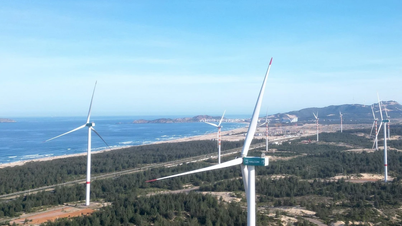




































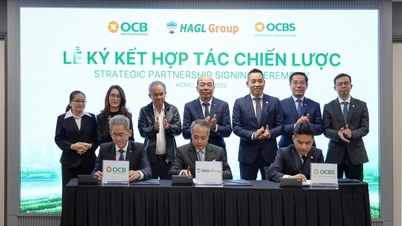
![[Answer] Should I install an elevator for an old renovated house?](https://vphoto.vietnam.vn/thumb/402x226/vietnam/resource/IMAGE/2025/11/25/1764039191595_co-nen-lap-thang-may-cho-nha-cai-tao-cu-khong-04.jpeg)


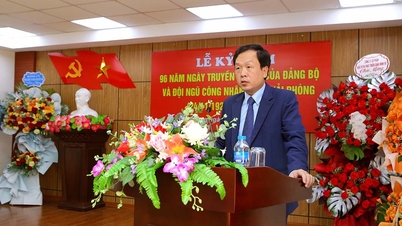





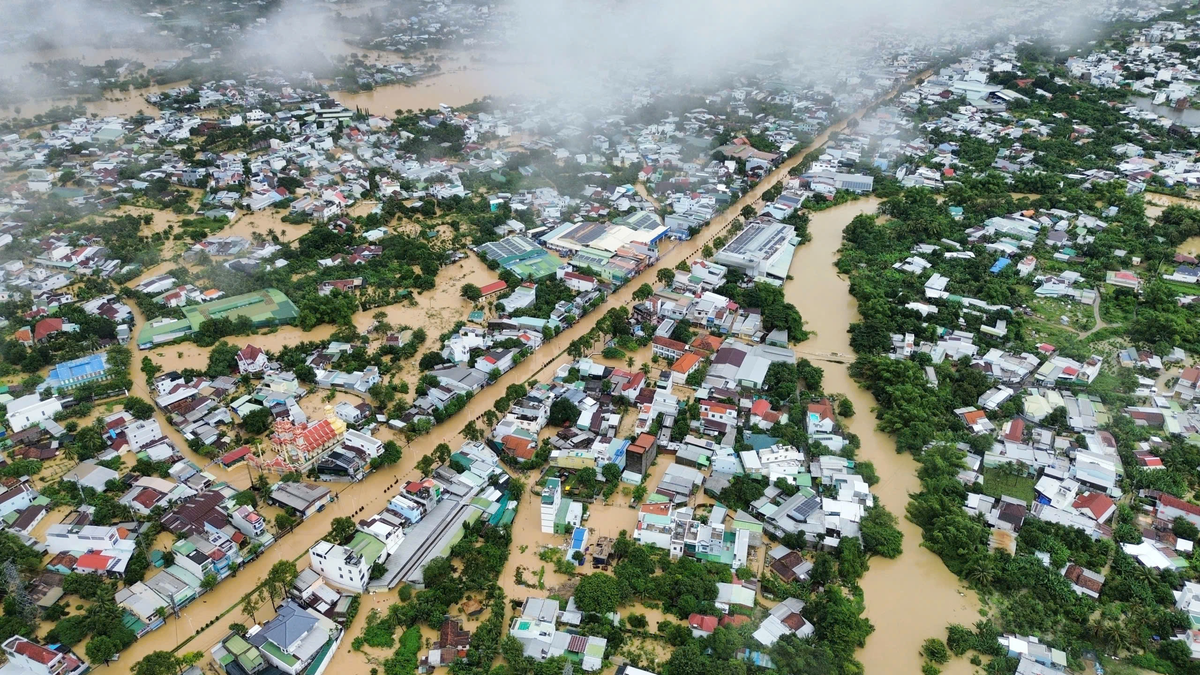










![[Photo] President Luong Cuong receives Governor of Kaluga province Vladislav Valerievich Shapsha](https://vphoto.vietnam.vn/thumb/402x226/vietnam/resource/IMAGE/2025/11/25/1764057337996_image.jpeg)

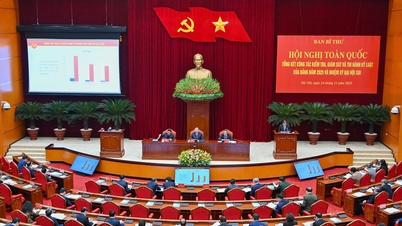






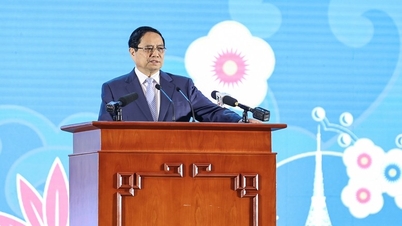

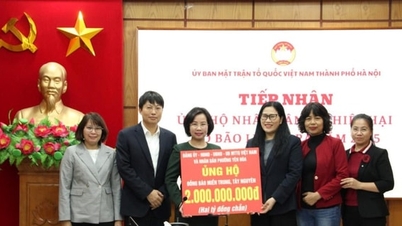























Comment (0)